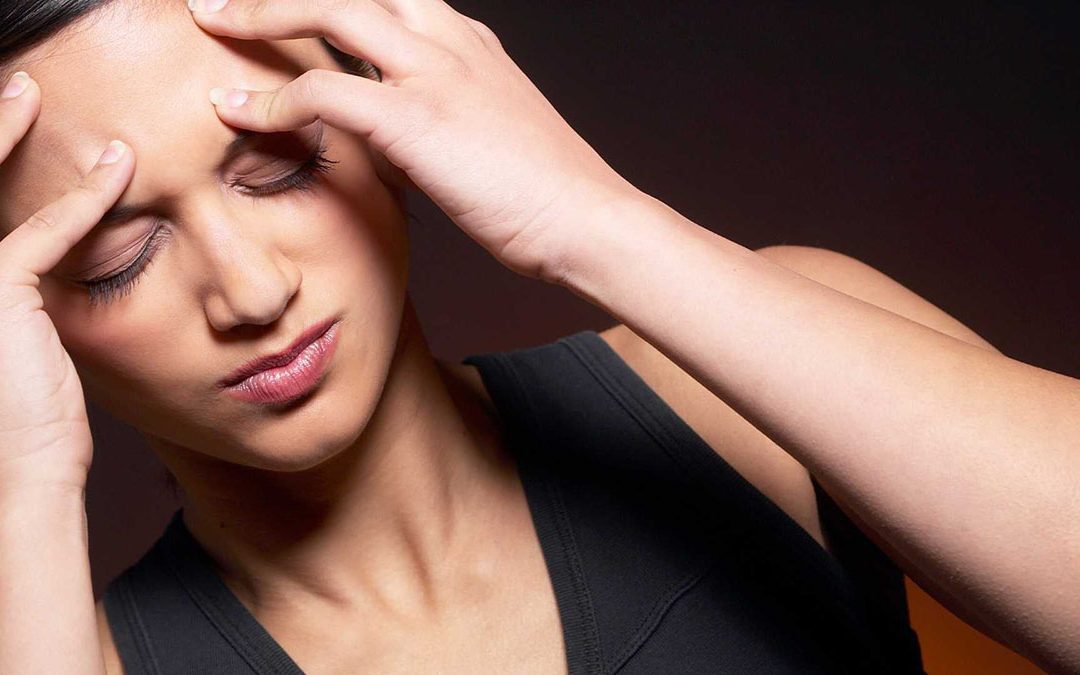Cervicogenic headaches are a type of secondary headache that come from your neck, arising from disorder or dysfunction of the cervical spine (neck). Medically, cervicogenic headaches are often described as referred pain into the head, due to convergence of the upper cervical afferent nerves and the afferents from the trigeminal nerve, causing a misinterpretation by the brain.
Approximately 70% of people who suffer frequent intermittent headaches report associated neck symptoms.
Cervicogenic headaches are a very common musculoskeletal problem. Commonly, they are present in a population subgroup that adopt poor posture, often for prolonged periods. When combined with inadequate ergonomic workstation set up, and the excessive use of technology such as smart phones, tablets, laptops, and the increasing popularity of video gaming, the prevalence of neck pain and cervicogenic headache cases presenting to doctors and physiotherapists alike is increasing.
This is more important and relevant than ever during the current global pandemic of COVID-19 as most office workers are working from home on dining tables and chairs or other inappropriate furniture that often promote poor posture. Further to this, children are being home schooled due to COVID-19 which increases their computer time and most organized sport has been cancelled/postponed leading to an increase in general screen time.
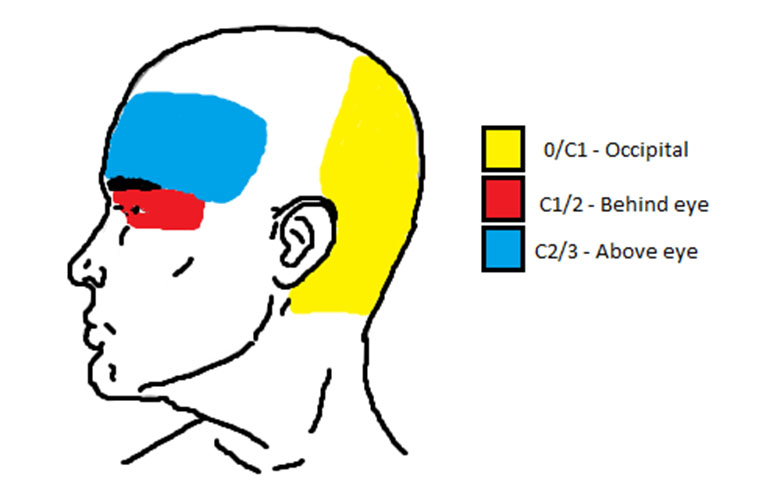
Common Signs & Symptoms
- Headache associated with neck pain and stiffness
- Neck tightness and active trigger points
- May have previous history of having sustained trauma to the neck (whiplash, concussion)
- Pain on one side of the head
- Pain that often radiates from the back to the front of the head
- Pain that can radiate into your eyes
- Potential of vague arm/shoulder pain on the same side
- Onset of headache following prolonged postures, positions, or repetitive movements
- Potential ipsilateral shoulder or scapular dysfunction
Diagnosis
Cervicogenic headaches can be diagnosed by our physiotherapists. By combining a thorough subjective history and an objective examination in our initial consult, we can rule out other types of headaches or more sinister pathologies and can identify the affected musculoskeletal structures that are causing headaches.
Common objective findings when assessing a patient with a cervicogenic headache will often include:
• Pain with neck movement or prolonged postures
• Muscle imbalance – whereby some muscles are tight and/or weak
• Active trigger points in the local cervical muscles (points of tension in the muscle) that can directly refer headache symptoms
• Extended upper cervical spine (a posture where your head “pokes” forward) – often associated with postural muscle weakness
• Decreased endurance of the deep neck flexor muscles – often results in compensation strategies leading to overactivity of other muscles (in particular the upper trapezius muscles, sternocleidomastoid, levator scapular and scalene muscles)
• Palpable joint dysfunction and symptom reproduction on joint palpation of the upper cervical or neck segments i.e. Occiput – C3
• Intermittent, symptoms that may fluctuate over a number of days
NB: Although not generally seen in a typical presentation, some patients may experience dizziness, photo/phonophobia, nausea, dysphasia or ipsilateral blurred vision.
Approximately 70% of people who suffer from frequent intermittent headaches report associated neck symptoms. There is growing research that the cervical spine may also contribute to migraine and tension-type headaches, as muscle guarding/spasm and segmental hypomobility in the upper cervical segments can also be found in these types of headache.
Physio Assessment
Physiotherapy examination of a patient presenting with a suspected cervicogenic headache includes a thorough assessment of spinal alignment, posture and joint positioning. We assess restrictions in neck movement, palpate for tenderness and hypomobility/stiffness over the upper cervical segments and occipital region, identify postural changes that may be linked to symptoms, and assess for impaired muscle function in the neck, scapula (shoulder blade) and shoulder region. Understanding the impacts of further kinetic chain dysfunction (what the rest of the body is doing) is integral also to ensuring holistic treatment.
Assessment of impaired muscle function is extremely important. Studies have shown that patients with neck pain demonstrate reduced levels of activity in the deep neck stabilising muscles, poor endurance and poor muscle strength (Falla et al, 2006). Resultantly, patients will often compensate and have overactivity in their upper trapezius, sternocleidomastoid, levator scapulae and scalene muscles.
The diagram below indicates the common referral patterns from the upper cervical spine. When a physio feels or palpates these segments we can directly reproduce headache symptoms in the different regions as indicated, helping us both diagnostically and also when treating the patient’s symptoms.
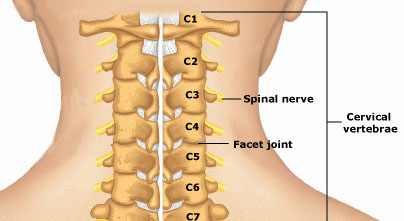
Treatment
A comprehensive treatment plan can be made following the initial assessment. Evidence supports the use of manual therapy in treatment for cervicogenic headaches (Hall, T. et al. 2013), particularly in the early stages, which can be inclusive of joint mobilisations and soft tissue massage to assist in releasing overworked muscles and promote movement of stiff hypomobile joints. It is important however, that manual therapy is used as an adjunct to exercise therapy. Jull, et al suggested in 2002 that the best treatment of cervicogenic headaches is a combination of both exercise and manual therapy techniques.
Manual therapy techniques typically include joint mobilisations (a physio technique) for the upper cervical segments (O/C1 – C2/3). Sustained mobilisation has been specifically shown to have a good effect on the resolution of headache symptoms. This can be successfully combined with soft tissue massage and trigger point releases to the superficial and often overactive muscles mentioned earlier. These muscles frequently have active trigger points that when palpated, can also directly refer the patient’s headache symptoms.
An exercise program should be tailored specifically to the individual and their impairments, to address the primary causes of cervical dysfunction. Often this consists of a combination of deep neck flexor strengthening, shoulder/scapular retraining, postural endurance exercises and ultimately, correcting the individual’s biomechanics which may be predisposing them to a cervicogenic headache. Our physiotherapists emphasize the importance of shoulder blade positioning and control which in part improves posture by improving scapula and neck position. Stretching exercises are another vital part of the exercise program, as they can provide relief for overactive muscles and improve muscle flexibility.
Posture and Workstation Set up
Considering the current events with the global pandemic of COVID-19 and the new normal of “working from home” we are seeing an increase in patients presenting to our clinic complaining of neck pain and headaches as a result of poor workstation set up and poor postural habits.
Studies have also interestingly shown that after sitting for 20 minutes, 80% of the population will “slump”. This slumped posture not only causes increased pressure on the structures of the middle to lower back, but also causes an extended upper cervical spine or “forward head posture” and protracted scapulae. This head forward posture places unwanted load though the upper cervical spine facet joints, which leads to an increased risk of cervicogenic headache. This altered posture can also lead to a lack of control and endurance in the deep neck flexor muscles, promoting overactivity and excessive tightness and fatigue in other cervical muscles, further contributing to musculoskeletal dysfunction.
Thus, good ergonomics, postural retraining and postural awareness play a vital role in ensuring a neutral spinal posture when sitting at work, school or home. When postural muscle retraining is combined with good postural habits such as standing up regularly, it can lead to a reduction in headaches and cervical dysfunction. Adverse postures leading to neck pain are also unfortunately encouraged by the increased use of smartphones, tablets and video games – in this case awareness and limiting device time is the key to preventing neck issues and cervicogenic headaches.
Our team at Five Dock Physiotherapy and Sports Injury Centre place great importance on postural re-education, activity modification, reduction in sitting duration and screen time, and re-establishing deep neck flexor control, endurance and strength. By providing education for patients on postural correction and by suggesting strategies in order to modify their specific workstation or environment we can improve ergonomics, helping to prevent pain and dysfunction arising.

Virtual Ergonomic Assessments
Ergonomic assessments are another helpful tool that many large businesses utilise to help correct workstation set up and help prevent postural causes of pain and injury, however with COVID-19 there has been little ability for these personalised assessments to take place. As a result, just like telehealth, we have created a new service in our clinic, a Virtual Ergonomic Assessment for the benefit of our patients.
These Virtual Ergonomic Assessments conducted by our physiotherapist can be a useful way of optimising an individual’s home workstation to their individual situation. A virtual ergonomic assessment involves a remote video consult whereby the physiotherapist screens the home workstation and advises specific changes to be made to ensure the angles at the neck, shoulders, elbows, hips and ankles are kept in a neutral position. We also assess and correct the height that participants are working at and the position of monitors and other equipment. Where needed we can recommend equipment changes using objects around the house in order to promote better alignment and joint positioning, good posture, and a more ideal home workstation set up all the while maintaining social distancing restrictions.
If you are concerned about your posture and ergonomics or you are suffering with neck pain or headaches we can help you out!
Stop putting up with neck pain, cervicogenic headaches or self-managing with medication!
GET AN ASSESSMENT & TREATMENT WITH OUR AMAZING TEAM OF PHYSIO’S.
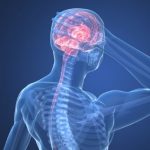
- Get crystal clear about what’s causing your Neck Pain or headaches
- Find out the most important steps for you to get pain free fast!
- Understand how to use technology without suffering the consequences of neck pain
- Find out the simple yet essential exercises that can help you get lasting relief
- Leave the session with the confidence of knowing exactly what to do to get symptom free and back to living life without pain
OR
GET A VIRTUAL ERGONOMIC ASSESSMENT
In these remote consultations, our expert physiotherapists will conduct personalised workstation assessments using technology that you already have like your phone or laptop allowing us to analyse:
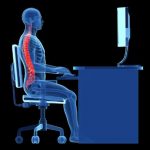
- Your home workstation set up and your equipment used,
- Your posture
- Your positioning

